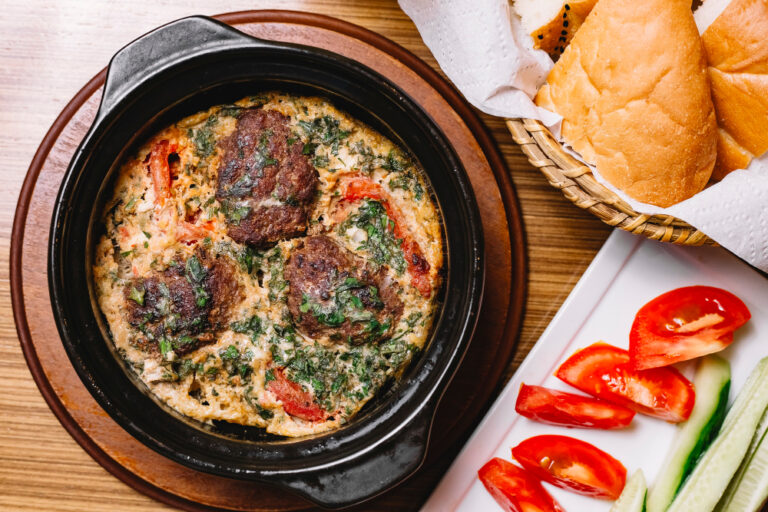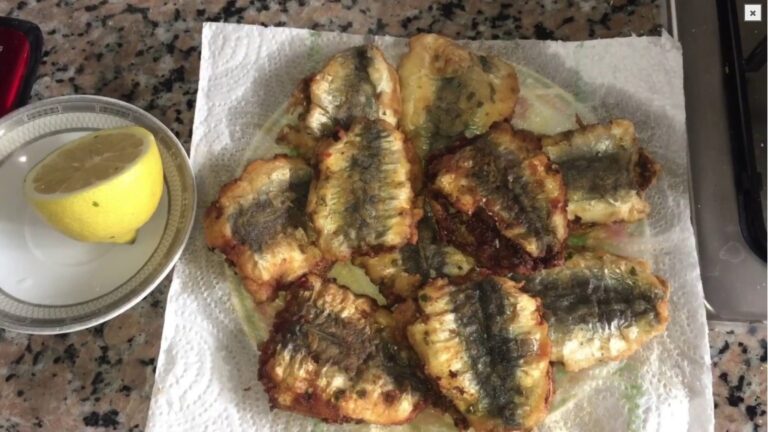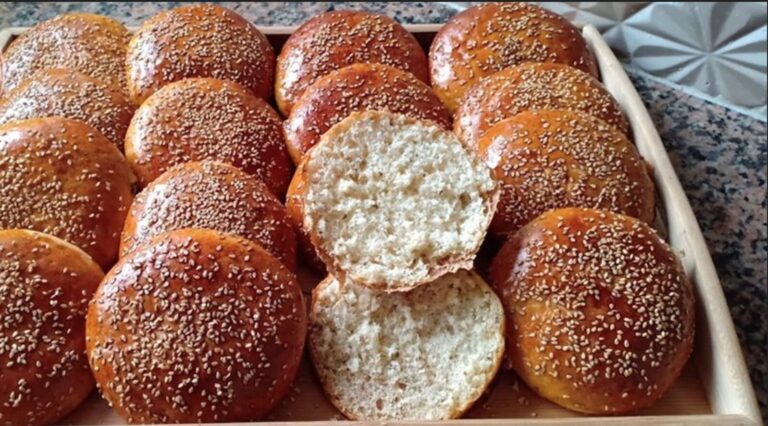
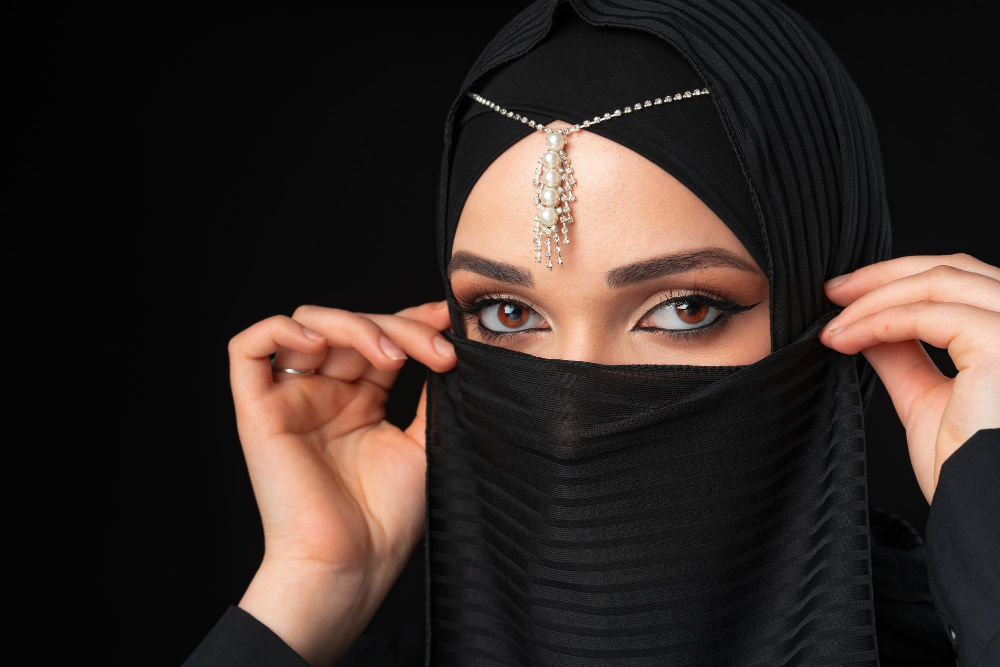
Morocco is a land where timeless traditions meet vibrant culture, and one of the most fascinating customs that continues to capture the imagination of travelers is Moroccan kohl: ancient eye makeup tradition. Known for its deep black pigment and striking effect, kohl is more than just cosmetic—it represents history, spirituality, and heritage. For centuries, Moroccan women and men have used kohl not only to enhance their eyes but also as a symbol of protection, beauty, and cultural identity.
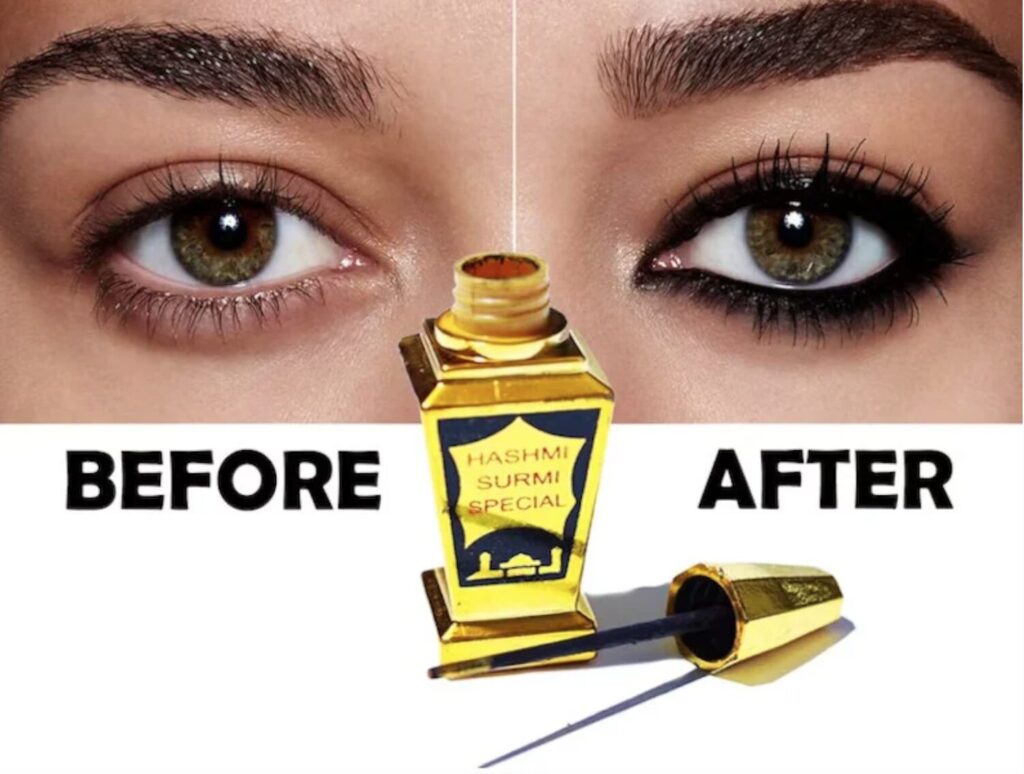
In this guide, we’ll explore the story of Moroccan kohl, where you can experience it as a traveler, and why this centuries-old tradition remains one of the most iconic aspects of Moroccan culture.
The Origins and Significance of Moroccan Kohl

Kohl has a history that stretches back thousands of years, with roots in North Africa and the Middle East. Ancient Egyptians used it as early as 3100 BCE, and the tradition spread across trade routes into Morocco. Unlike modern eyeliners, kohl was believed to have medicinal properties, protecting the eyes from infections and shielding them from the intense desert sun.
In Moroccan culture, kohl carries both aesthetic and spiritual significance. Traditionally, it is applied using a slender stick called a mirwed, dipped into the powdered pigment and carefully drawn along the eyelids. This ritual is often associated with special occasions such as weddings, religious celebrations, and rites of passage.
For many Moroccans, kohl symbolizes protection against the evil eye, a belief deeply woven into the cultural fabric of the country. Today, it remains a beloved beauty practice while also connecting people to their ancestral traditions.
Experiencing Moroccan Kohl as a Traveler
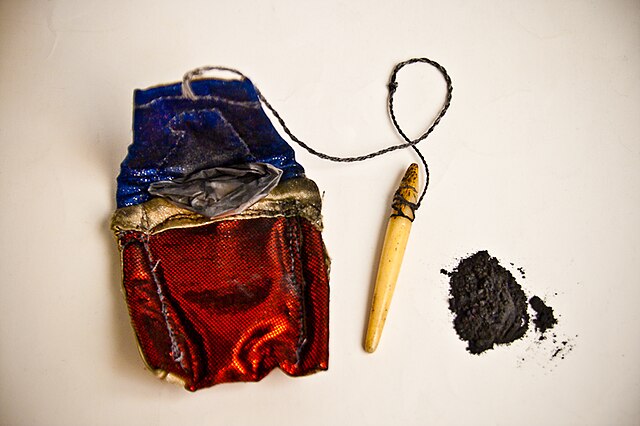
If you’re planning a journey through Morocco, exploring the tradition of kohl can be a unique and enriching experience. Here are a few ways travelers can engage with this ancient custom:
Visit Traditional Souks
Moroccan souks (markets) are treasure troves of culture, and you’ll often find stalls selling small ornate containers filled with kohl powder. Cities such as Marrakech and Fez are particularly famous for their vibrant souks where you can watch artisans prepare and sell traditional cosmetics.
– Learn more about Marrakech and its historic medina.
Explore Local Pharmacies and Apothicaires
Beyond cosmetics, kohl is also found in traditional herbal pharmacies. These shops, often tucked away in winding medina alleys, display shelves lined with jars of natural remedies, spices, and beauty products, offering travelers an authentic insight into Moroccan wellness traditions.
Attend Cultural Festivals and Weddings
If you’re fortunate enough to be invited to a Moroccan wedding or festival, you may witness the ceremonial application of kohl. Brides often wear it as part of their elaborate beauty preparations, making it a meaningful symbol of transformation and celebration.
Travel Tips and Cultural Insights
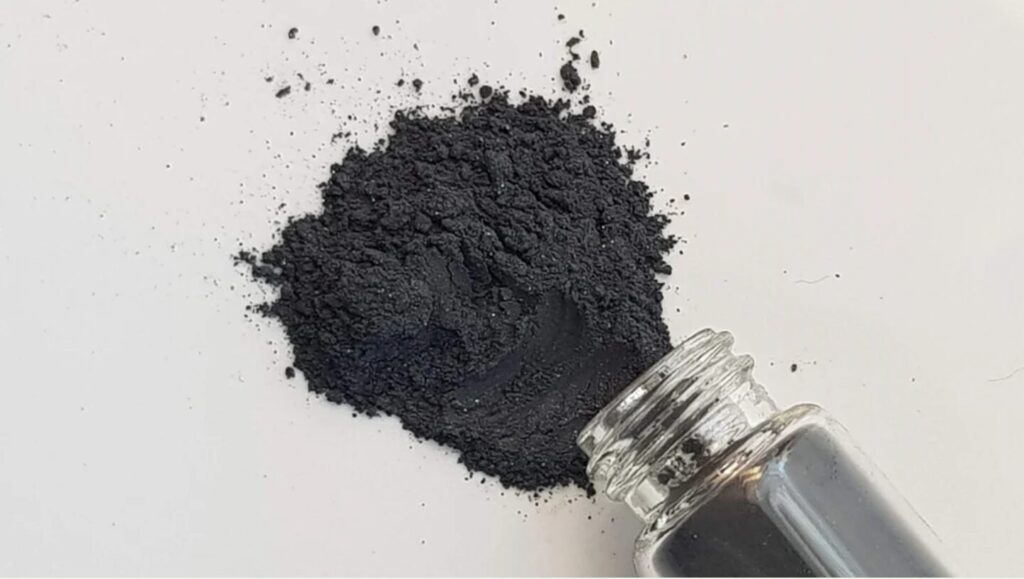
To truly appreciate Moroccan kohl, it’s important to approach it with respect for its cultural and historical roots. Here are some helpful tips:
- Purchase Authentic Kohl: Many modern versions are available, but traditional kohl is usually made from natural minerals. Look for trusted vendors in medinas or artisan cooperatives.
- Learn the Application Technique: Ask a local to demonstrate how to use the mirwed. It’s a delicate process that adds to the authenticity of the experience.
- Respect Cultural Contexts: While kohl is widely worn, its traditional significance goes beyond fashion. Be mindful when discussing or photographing locals wearing it.
- Pair It with Other Traditions: Discover other Moroccan customs like henna art, tea ceremonies, and local crafts to deepen your cultural journey.
Traveler Stories: Experiencing Kohl Firsthand
Many travelers leave Morocco with more than souvenirs—they take home memories of connecting with ancient traditions. For instance, Anna, a visitor from Spain, recalls buying kohl from a small shop in Fez. The shopkeeper demonstrated how to apply it, sharing stories of his grandmother who used kohl daily. For Anna, the experience became a cherished memory, blending beauty with storytelling.
Similarly, Ahmed, a traveler of Moroccan descent living in France, described wearing kohl during his cousin’s wedding in Casablanca. For him, it was a reconnection with his roots—a way to honor his heritage while celebrating with family.
These stories remind us that Moroccan kohl is not just about appearance but about belonging, history, and identity.
When to Experience Moroccan Kohl in Morocco
While you can discover kohl at any time of year, certain moments make the experience more immersive:
- Wedding Season (Spring & Summer): These months often bring lively wedding celebrations where kohl plays an important role in bridal preparations.
- Religious Holidays (Eid al-Fitr, Eid al-Adha): Kohl is sometimes worn during festive prayers and family gatherings.
- Cultural Festivals: Events in cities like Fez and Marrakech showcase Moroccan heritage, giving travelers opportunities to see traditional makeup and clothing.
FAQ About Moroccan Kohl
What is Moroccan kohl made from?
Traditional Moroccan kohl is made from natural minerals, often ground into a fine powder. Some modern varieties may include charcoal or herbal additives.
Is kohl safe to use?
Authentic kohl has been used for centuries, but travelers should buy from reputable vendors. Some mass-produced versions may contain harmful ingredients, so authenticity is key.
Do men in Morocco also wear kohl?
Yes! Historically, both men and women wore kohl in Morocco, especially in rural and desert communities, where it was believed to protect the eyes from the sun and dust.
Can I buy Moroccan kohl as a souvenir?
Absolutely. Small kohl containers make excellent souvenirs, combining beauty, tradition, and practicality. Look for decorative brass or silver holders for an authentic touch.
How is Moroccan kohl different from modern eyeliner?
While both enhance the eyes, Moroccan kohl carries cultural, spiritual, and medicinal significance that modern eyeliner doesn’t. It’s as much about tradition as beauty.
Conclusion
From bustling souks to family celebrations, Moroccan kohl: ancient eye makeup tradition offers travelers a glimpse into a world where beauty, culture, and history intersect. Applying kohl is more than cosmetic—it’s a ritual tied to protection, spirituality, and identity.
As you plan your Moroccan adventure, don’t miss the chance to explore this timeless tradition. Whether you purchase a decorative kohl container in Marrakech, learn from locals in Fez, or witness its ceremonial use at a wedding, kohl will connect you with Morocco’s rich cultural tapestry.

